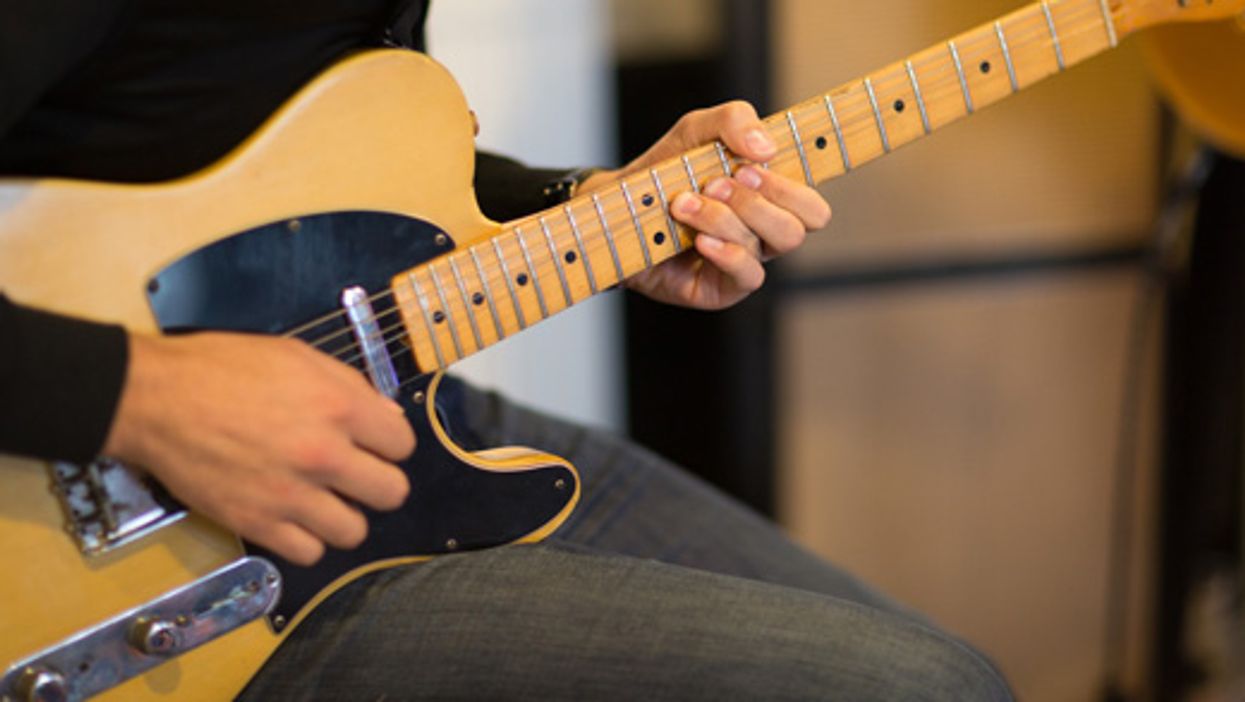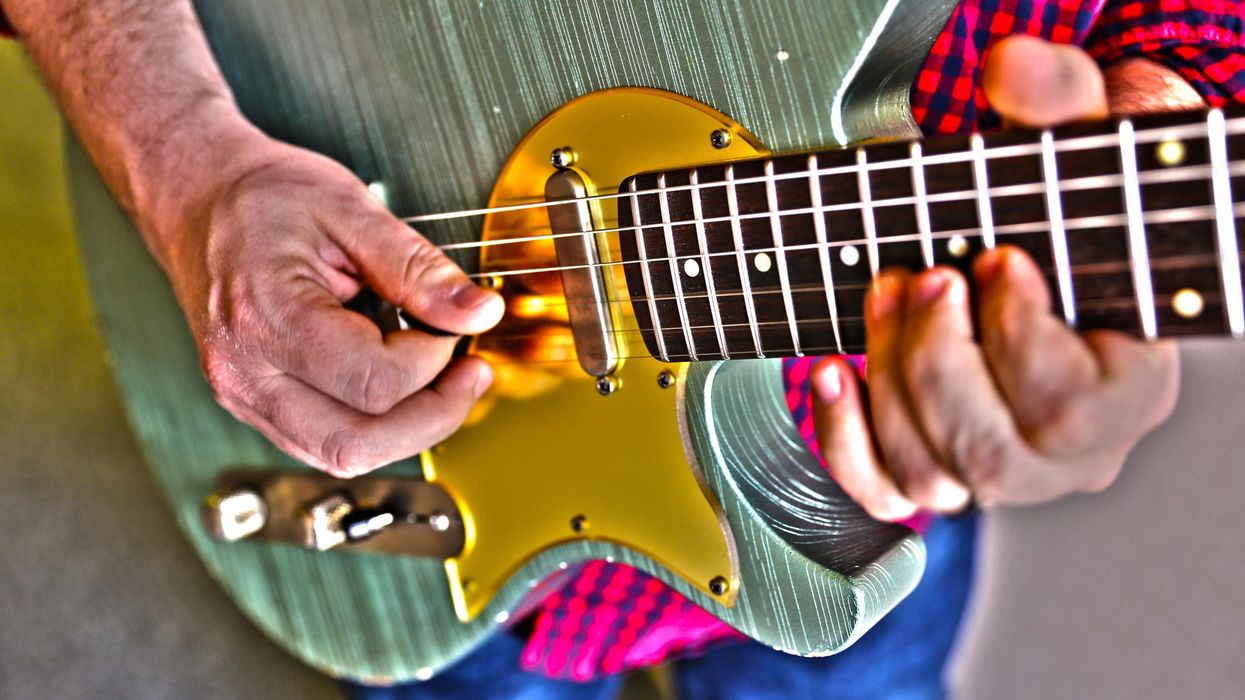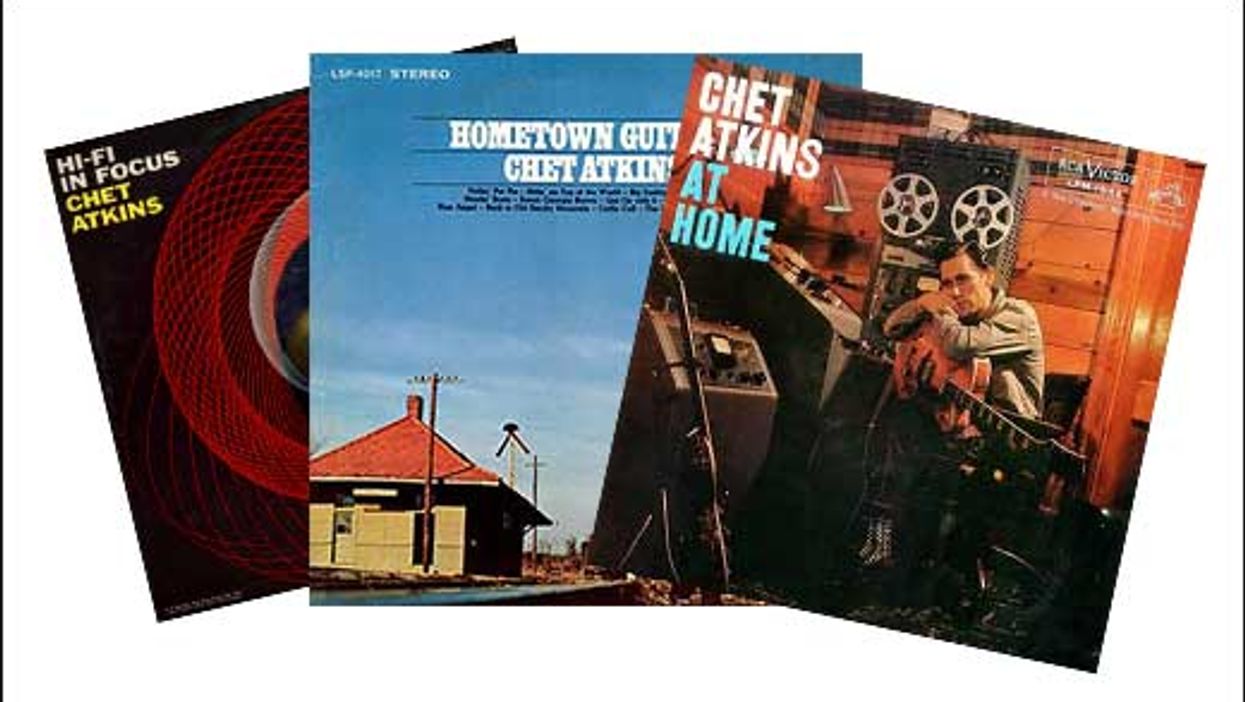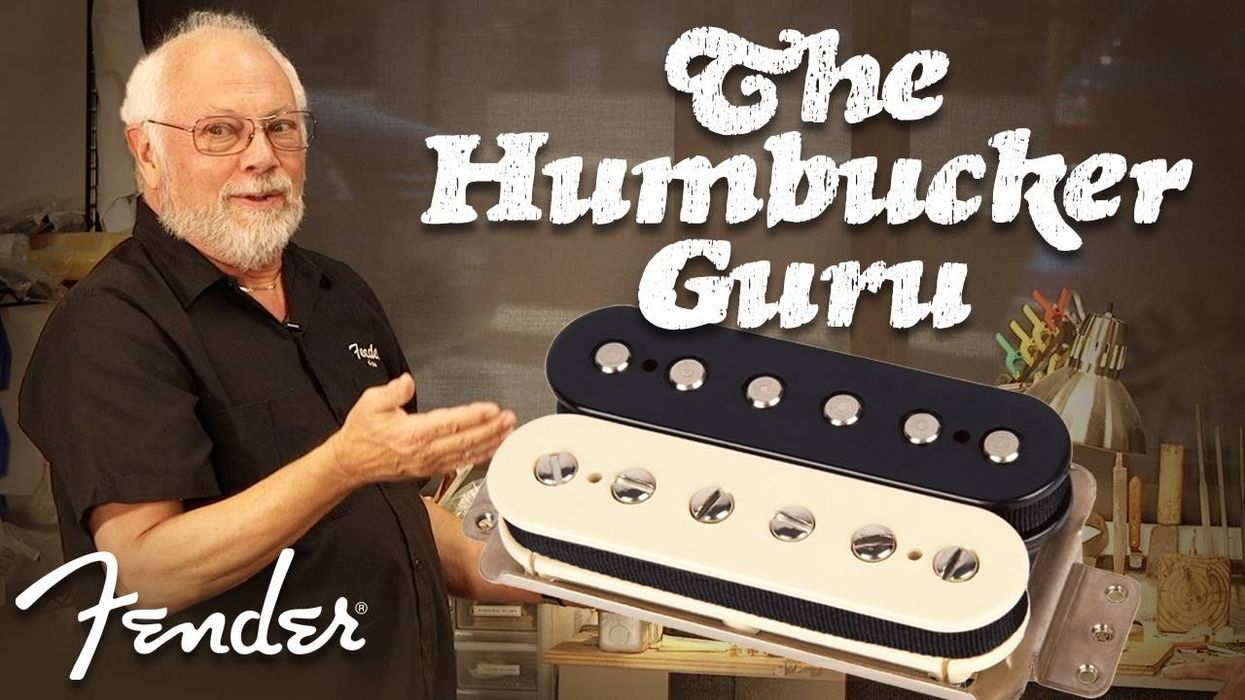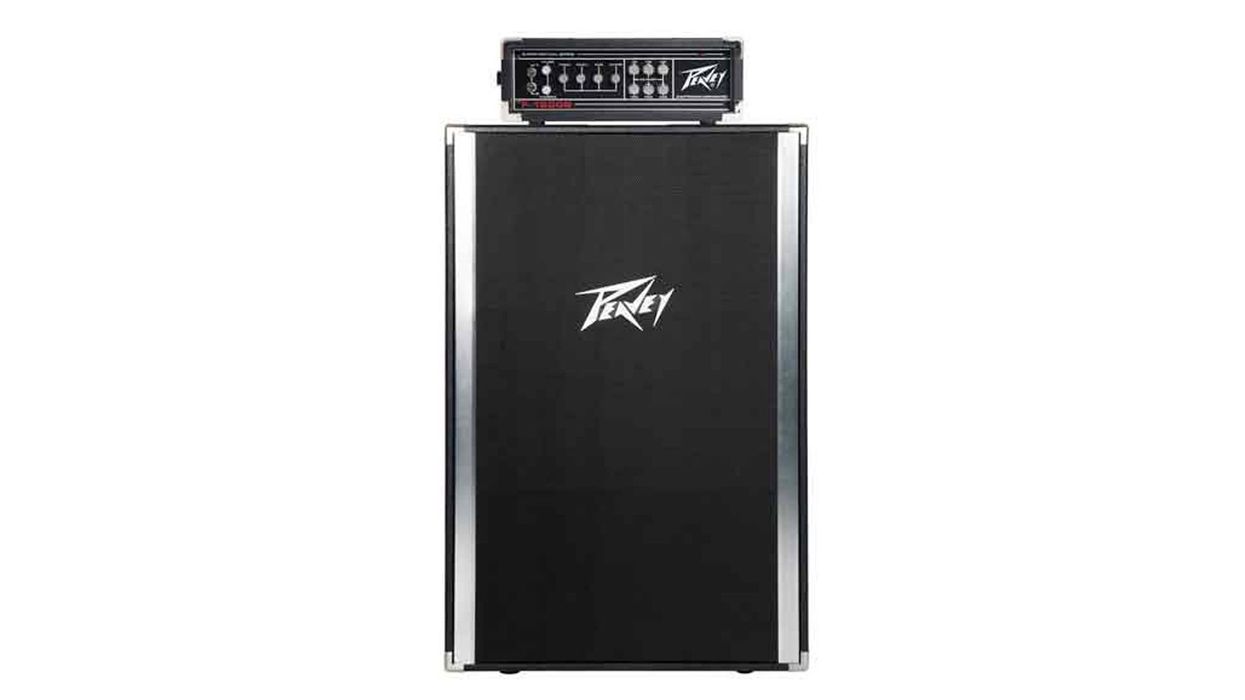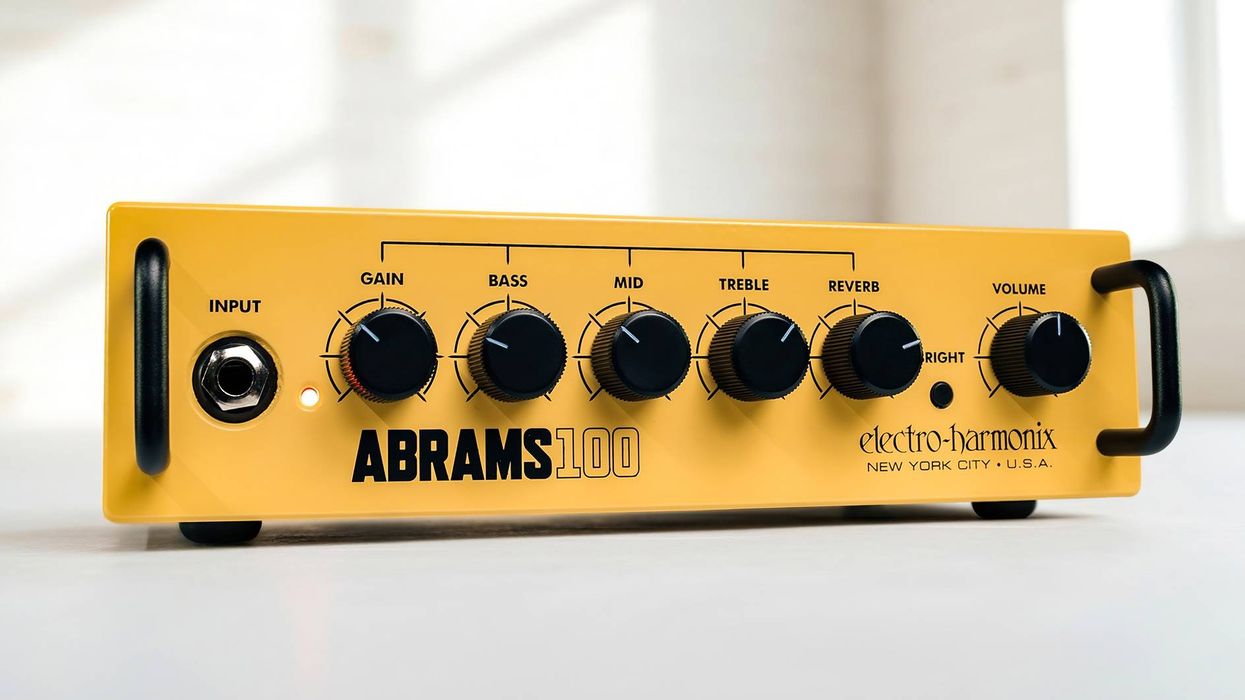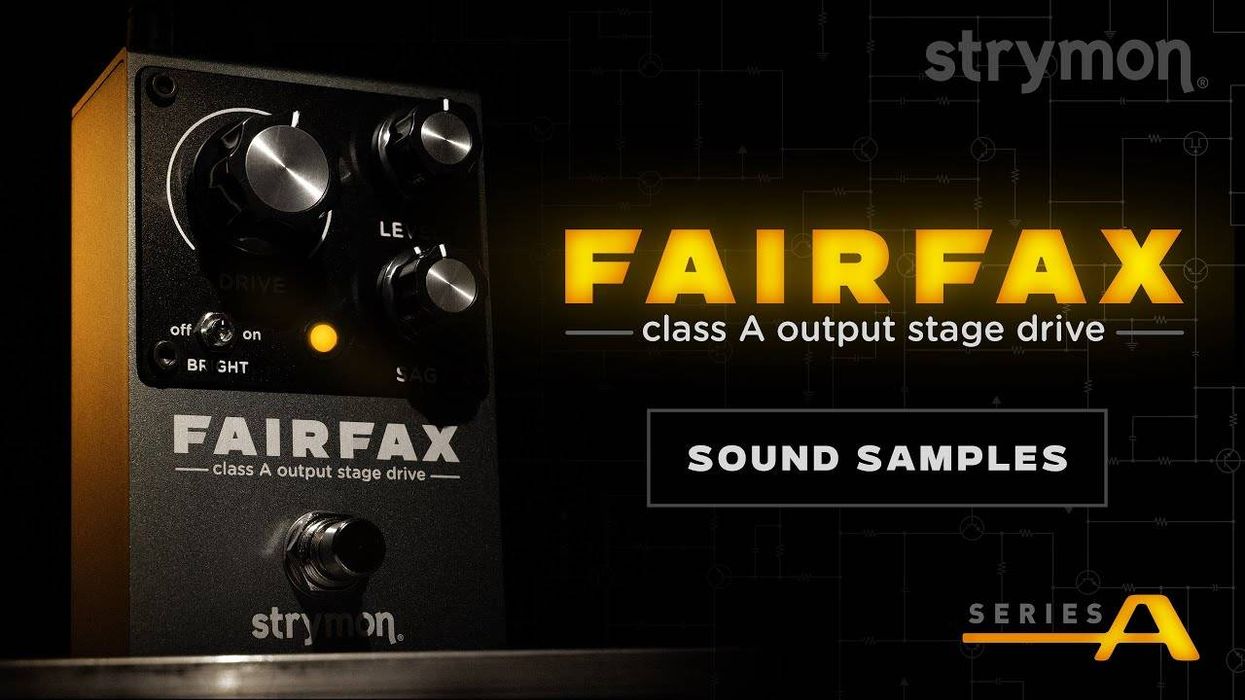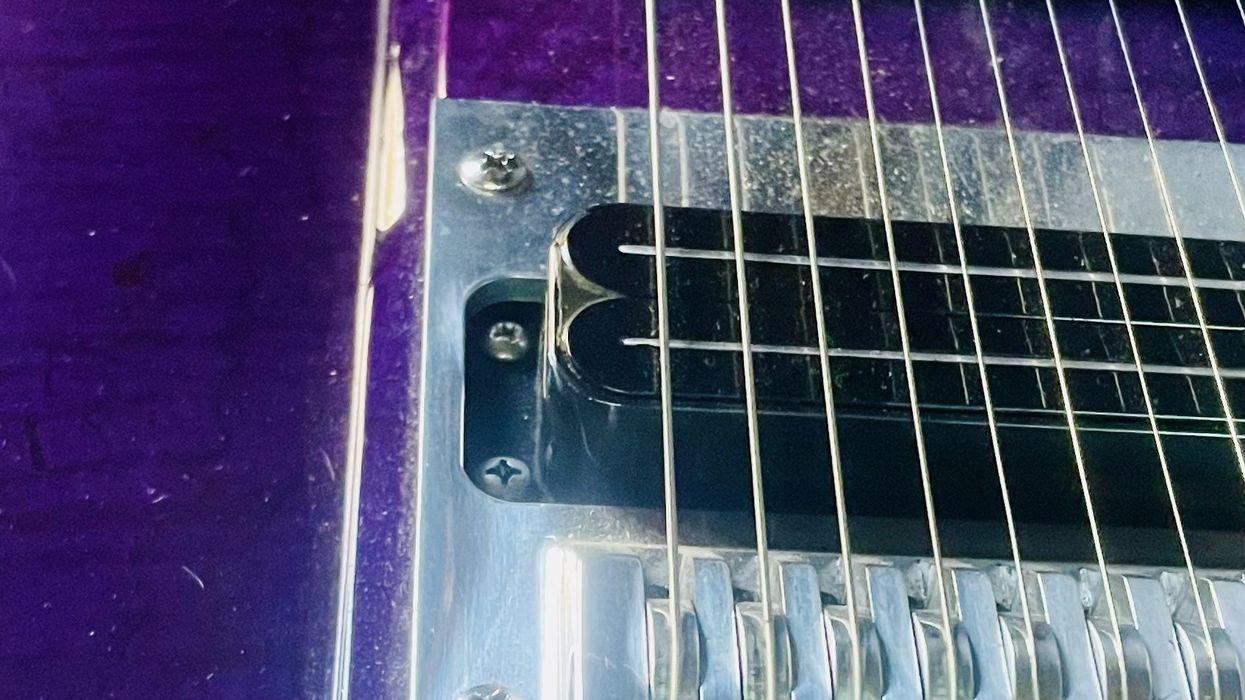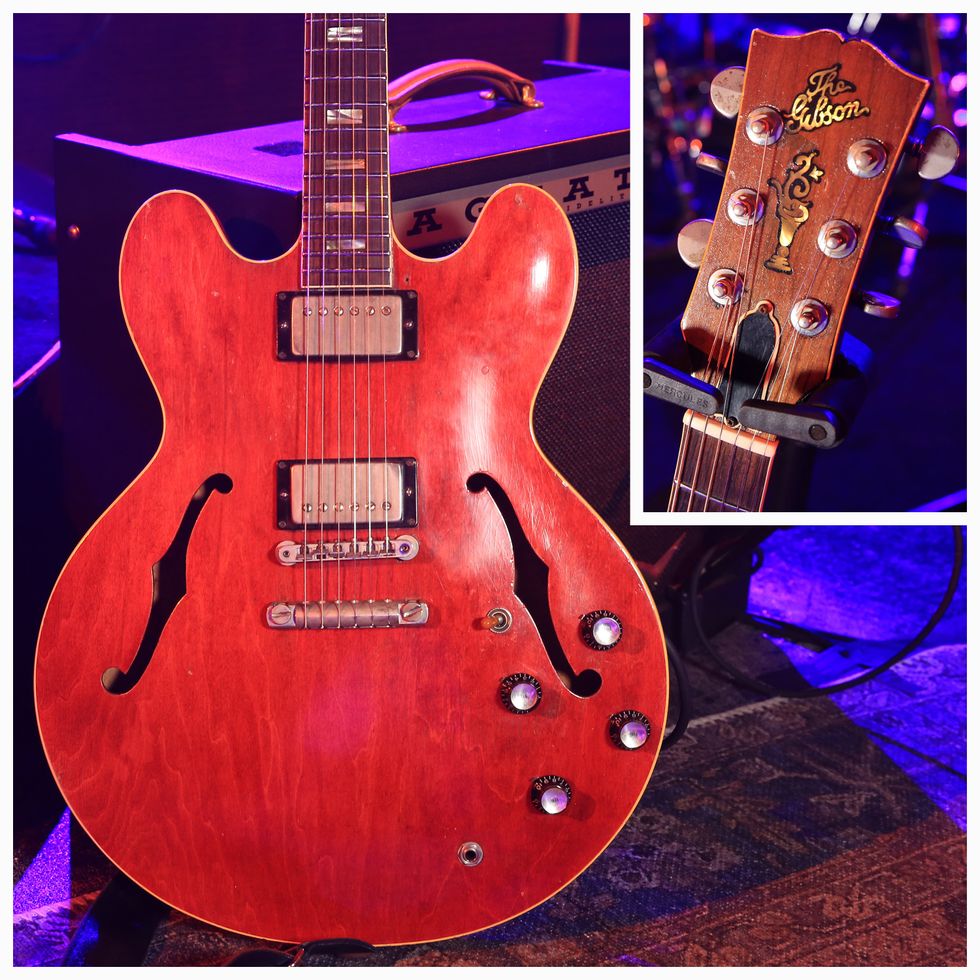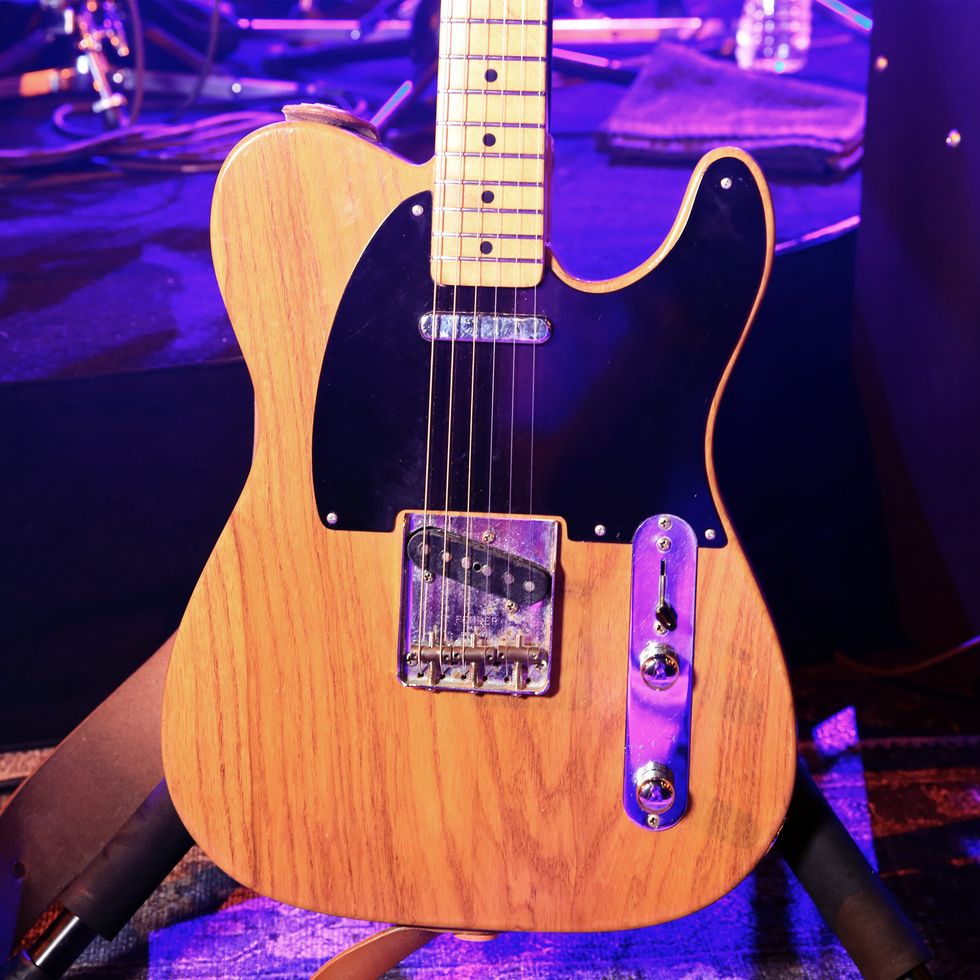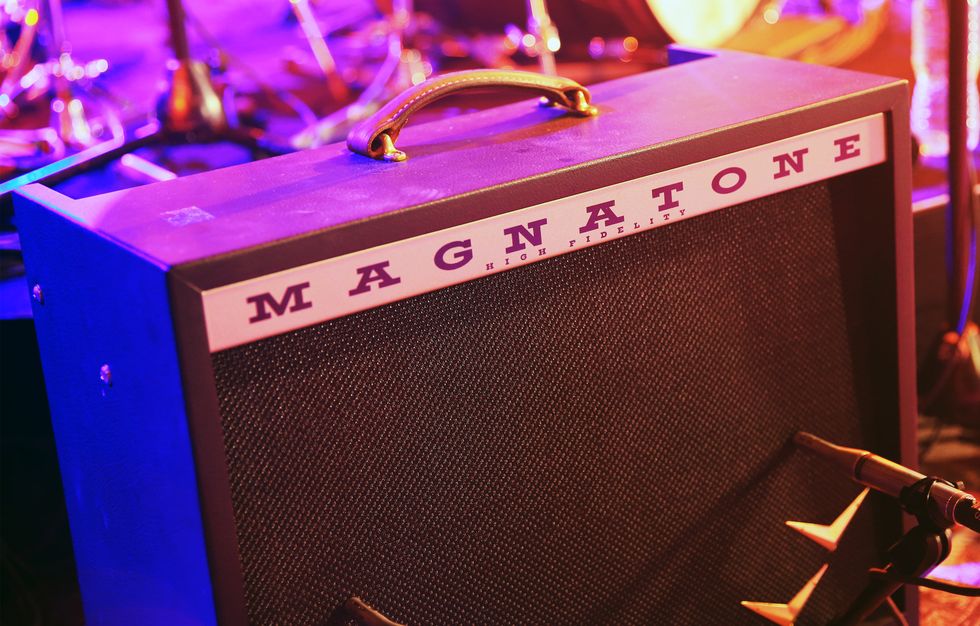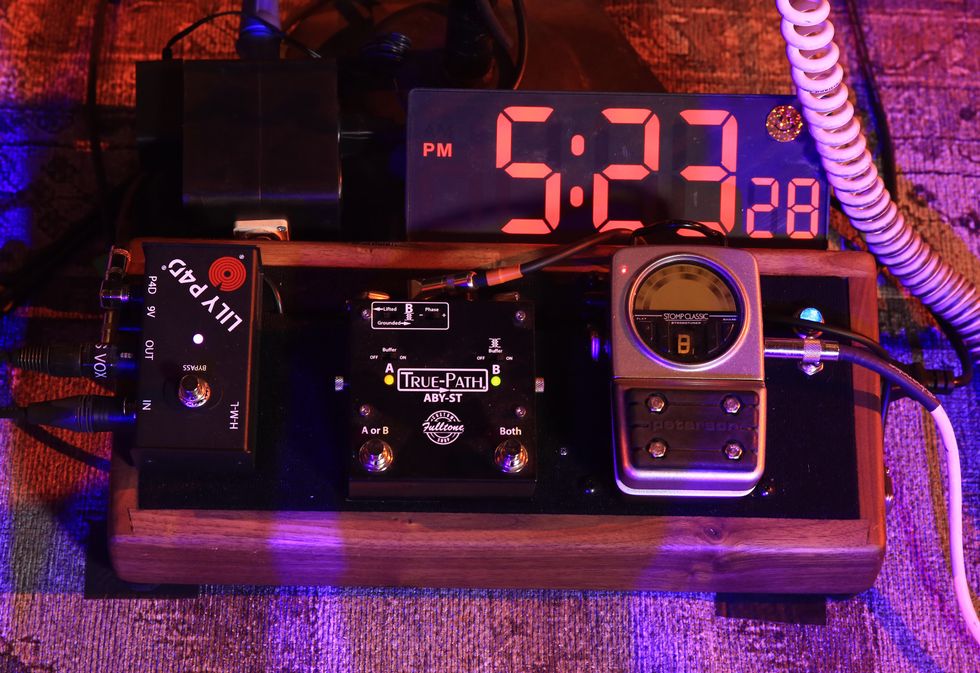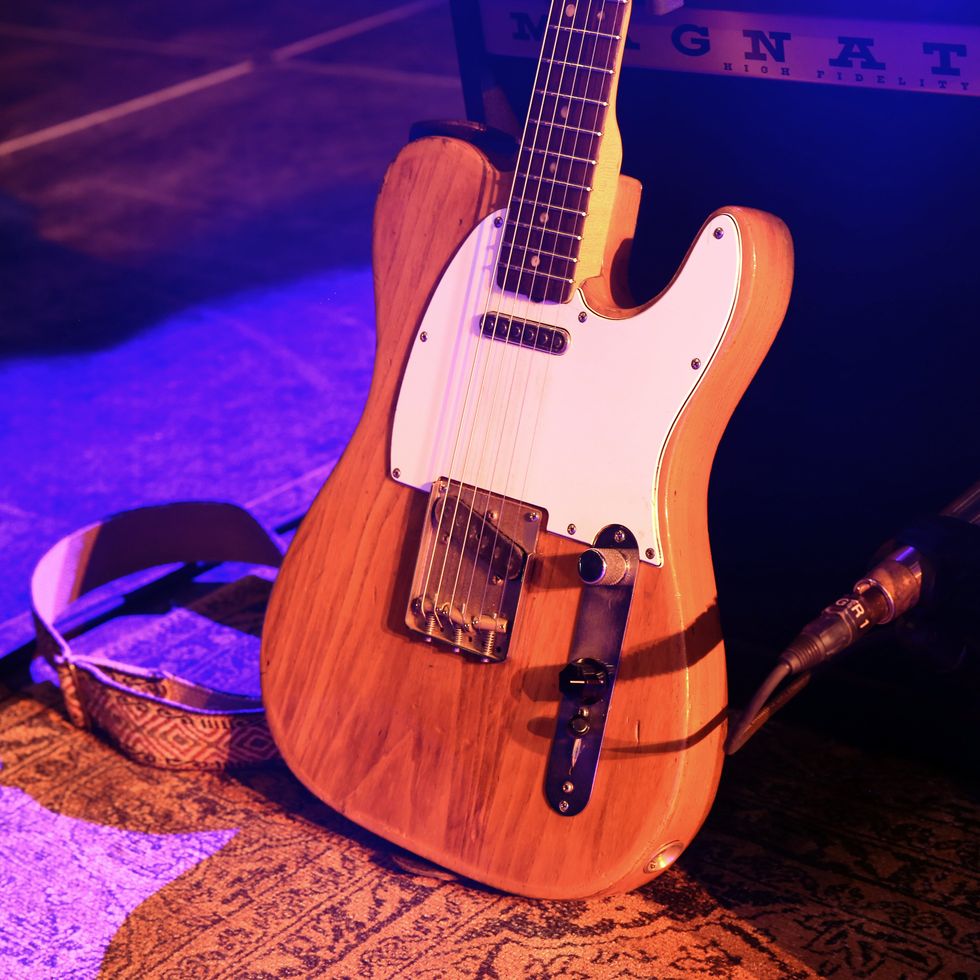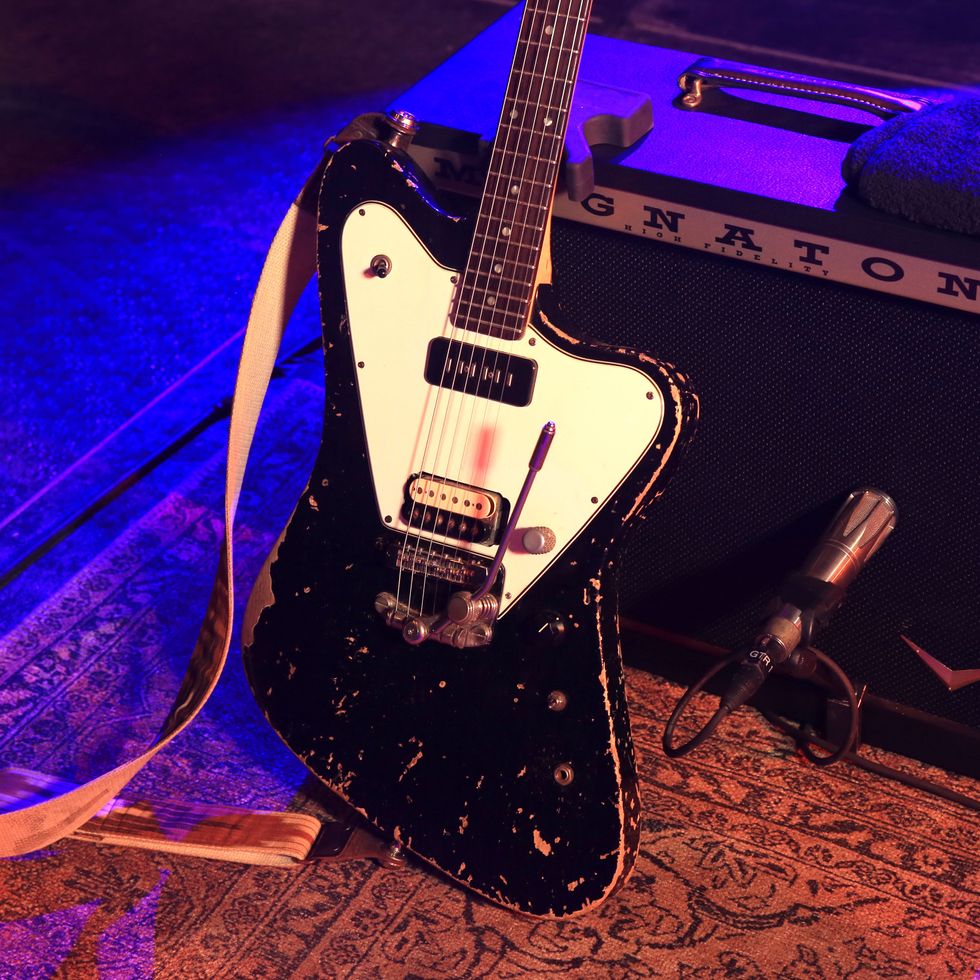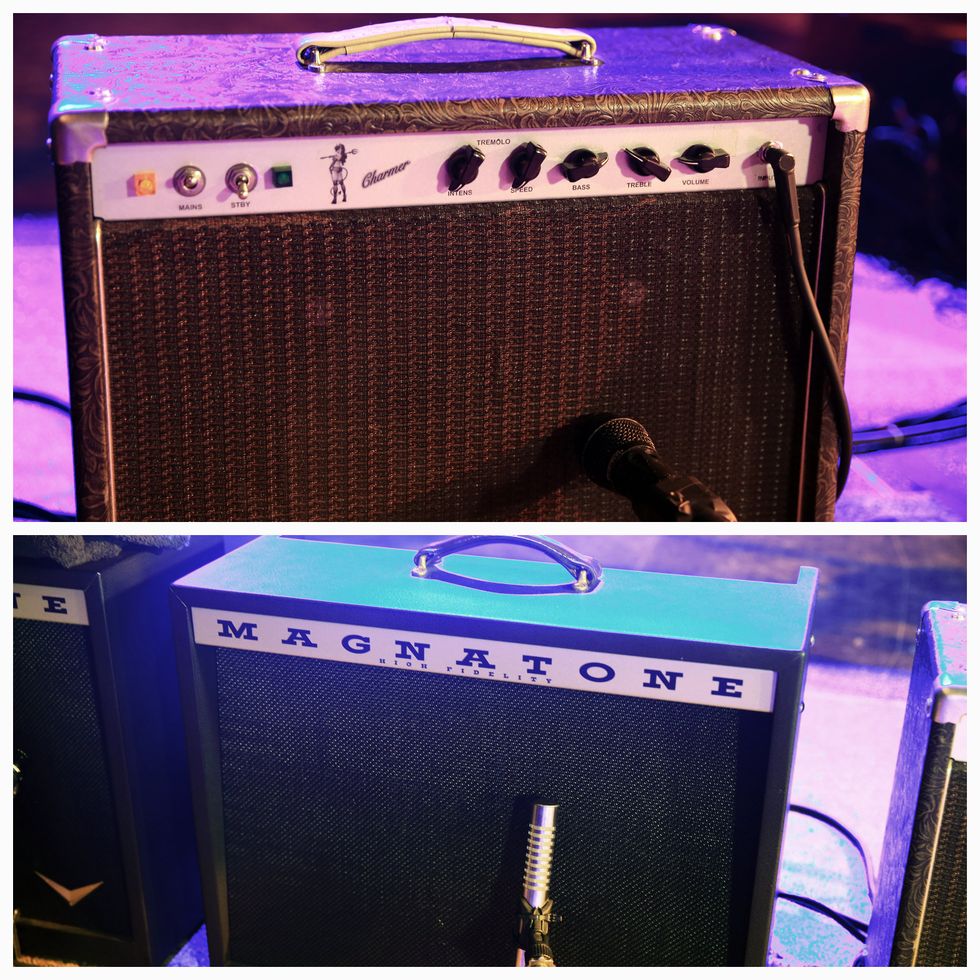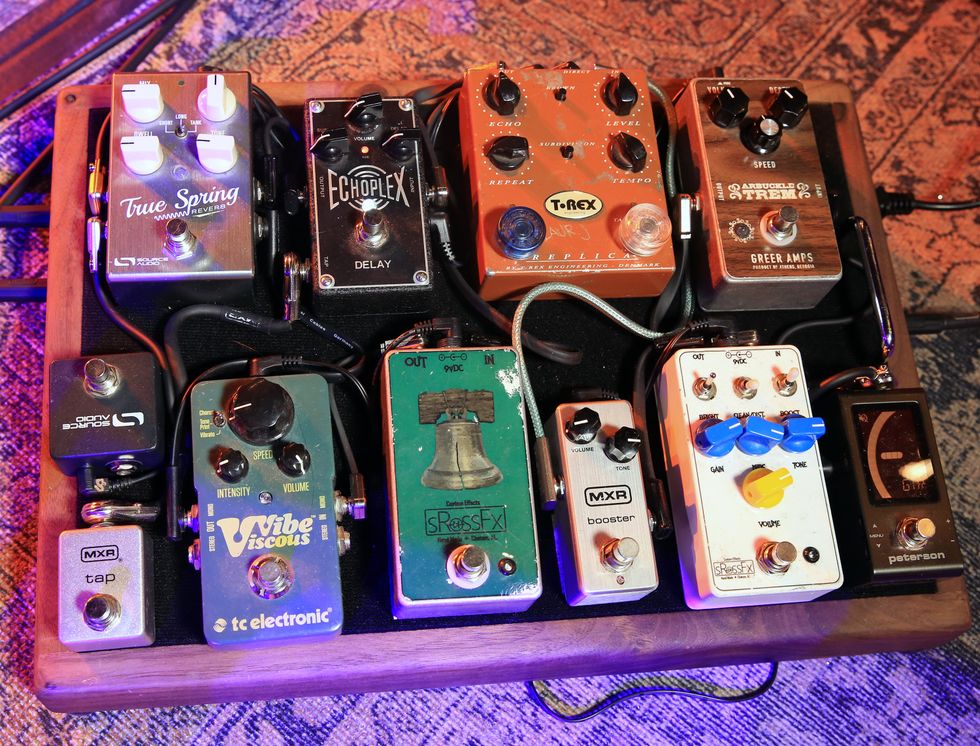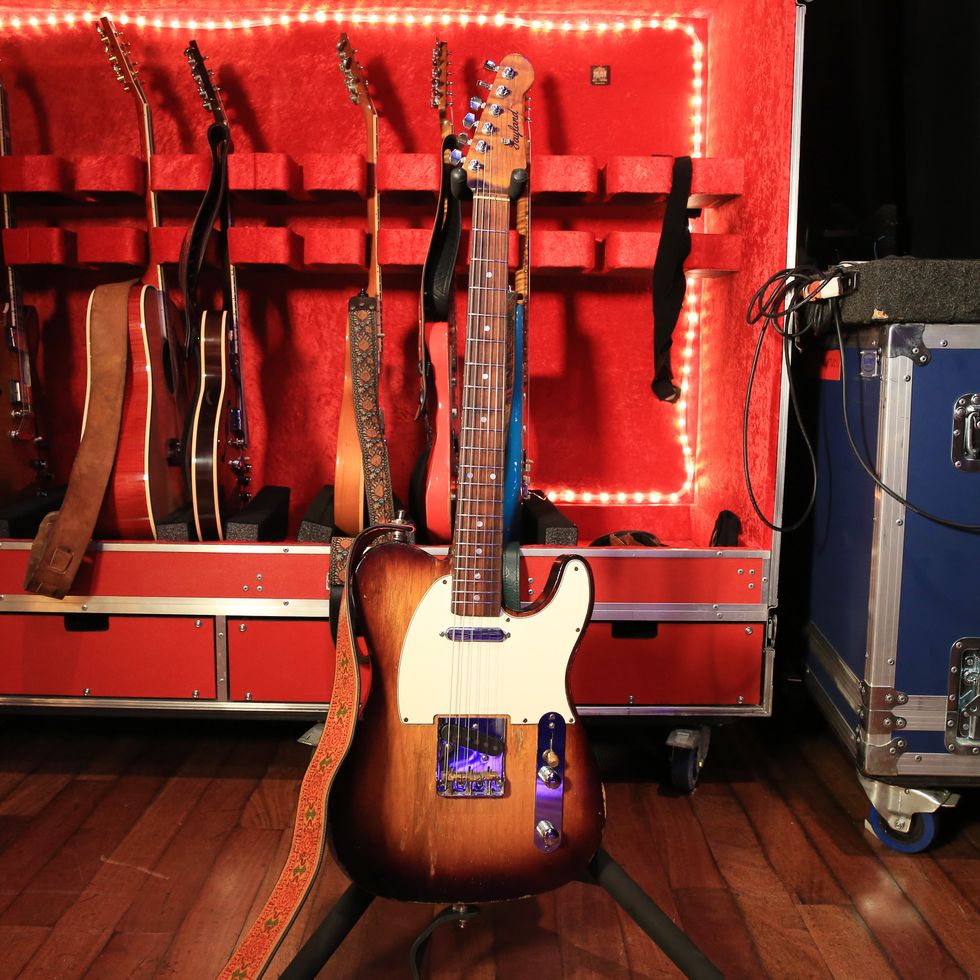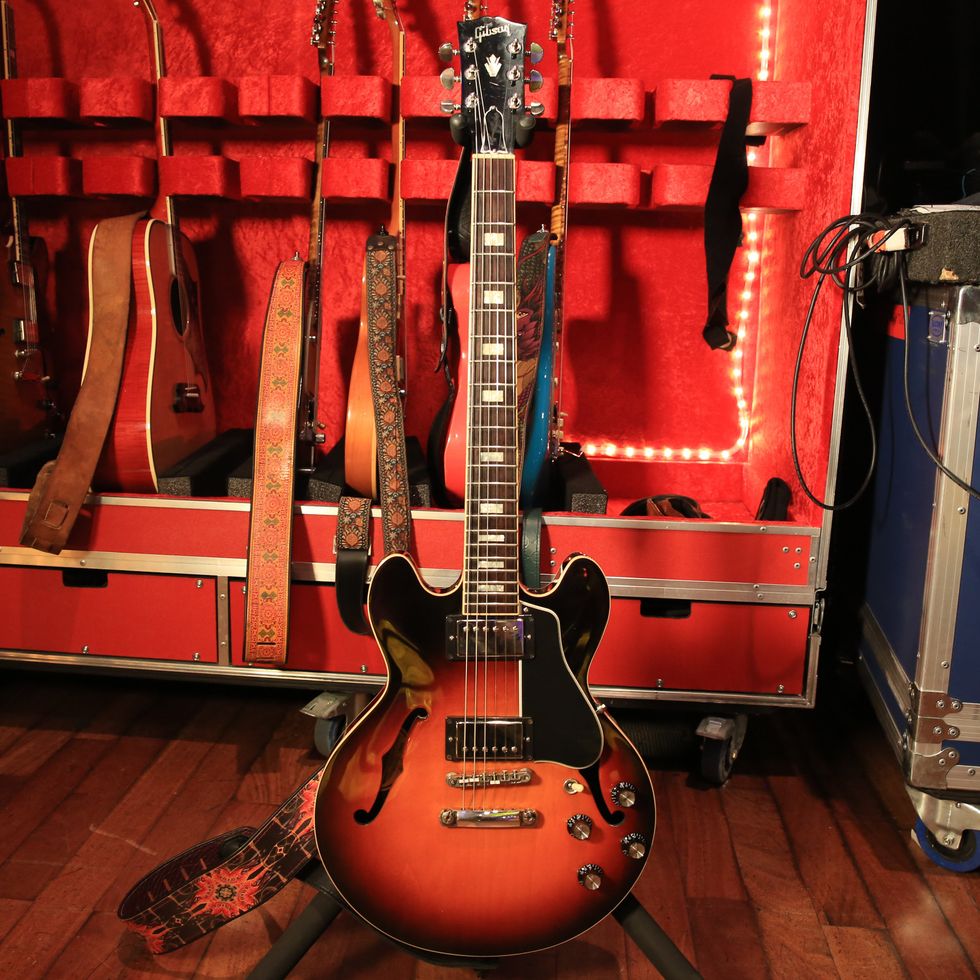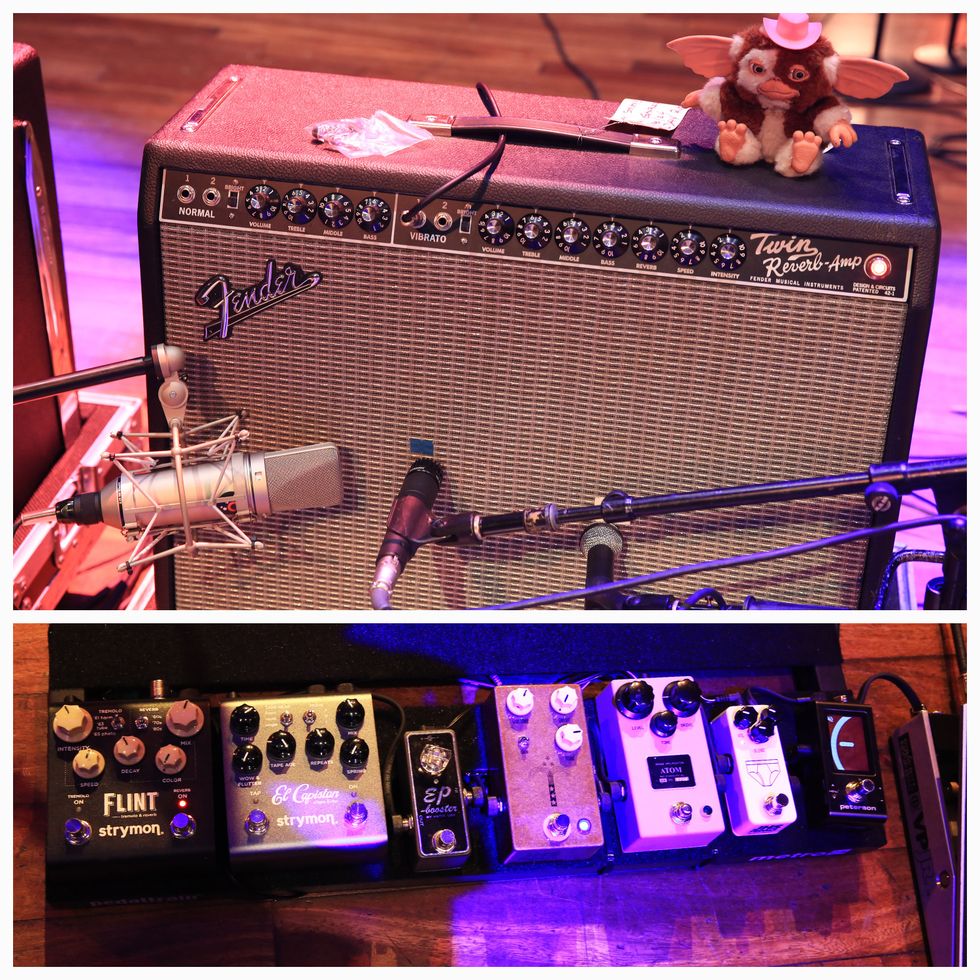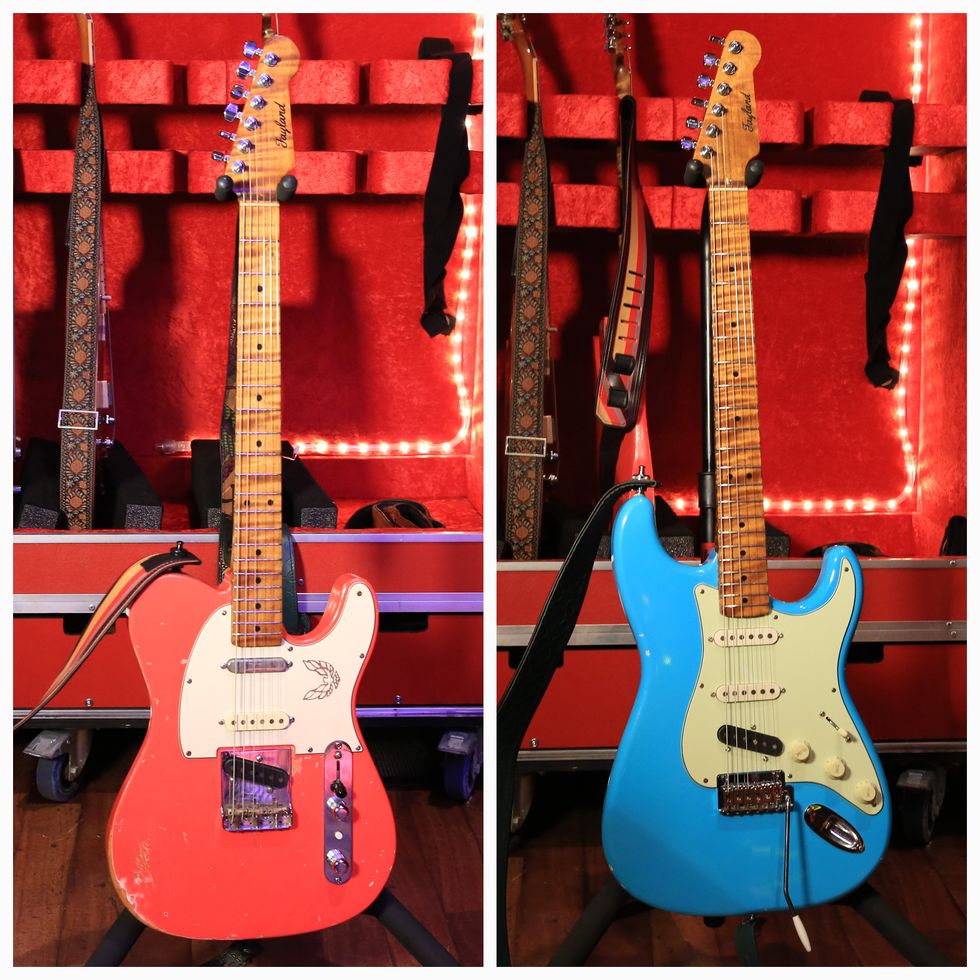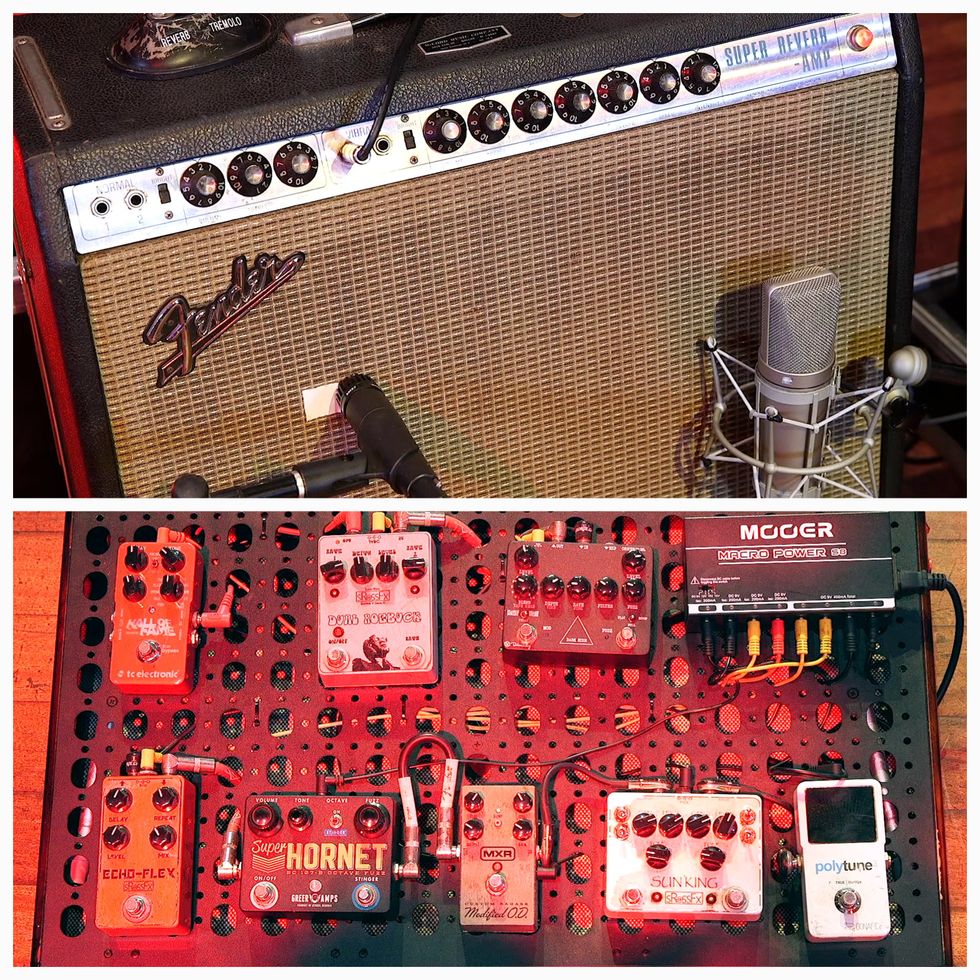Feeling kind of bored when practicing lately? Like you need a boost? Well, grab your guitar because learning a new style can be just the ticket, like a supercharged infusion of new energy. Country guitar, sometimes referred to as “chicken pickin’,” is a blast to play, and so many of the rock and blues techniques you likely already know transfer right over. Consider this lesson an initial jumping-off point with some fun licks and techniques, designed to give your playing a swift country kick in the pants.
The key that unlocks the door to country guitar is hybrid picking—simultaneously or alternately playing notes with both pick and fingers. If you have any experience playing fingerstyle guitar, it’s sure to come in handy here. If not, no worries! Here’s your chance to start. Now, some of the musical examples below can surely be played with a pick only, but the magic is in the snap you get when you pluck the strings with your fingers.
SRV & EVH Bridge the Gap
Let’s ease into hybrid picking with a couple of related examples from the blues and rock world to demonstrate how country techniques can spice up your playing. Inspired by blues legend Albert King, who exclusively played fingerstyle, Stevie Ray Vaughn would unleash stinging notes from his high E string by plucking with his middle finger. First, try playing Ex. 1 with a pick. Then, while holding your pick normally, use the tip of your middle finger to reach under the first string, pulling it away from you, then quickly releasing. This will cause the string to slap against the fret, resulting in a satisfying, biting attack. The final note is picked, but you can try plucking here as well.
Let’s see how it’s done by the man himself, as he sits in with his idol in the following video. Notice how he plucks the first two notes country-style, lending them a sharpness that contrasts so well with the picked notes which follow.
In the music video for Van Halen’s “Finish What Ya Started,” a quasi-country song from 1988’s OU812, Eddie Van Halen dons his cowboy hat (quite literally, as you’ll see in a moment) and masterfully cranks out a classic country-style lick often heard in R&B, blues and rock. It’s one which is dominated by major and minor sixths played on non-adjacent strings. Ex. 2 is along the same lines, and you’ll need to alternately play picked notes on the 3rd string and SRV-style plucked notes on the 1st.
Sure, that sounds okay, but now let’s really countrify it. In Ex. 3, we present the same basic lick, but notice how all of the notes on the 3rd string (except the very first) are now deadened. To achieve this, lightly rest your fret-hand finger on the string at roughly the same locations as in Ex. 2, creating a pitchless, percussive sound, a technique integral to country playing. And be sure to play the 1st-string notes staccato (short) as indicated by the dots above the noteheads. Now you’re beginning to sound like a bona fide country player!
Truck Stops and Double-Stops
Let’s take a gander at country and jazz guitar legend Danny Gatton (once known as “the world’s greatest unknown guitarist”) playing a catchy, hybrid-picked chordal riff.
Ex. 4 takes a similar tack and will have you alternating picked notes and dyads (two-note chords), plucked with your middle and ring fingers. In bars 2 and 4, check out how hybrid picking allows you to continue the groove while simultaneously adding some snappy fills on top.
Let’s continue with that same technique, but with a twist. First, check out British country master Albert Lee playing the main riff to “Bullish Boogie” from his 1986 album Speechless.
Ex. 5 will have you playing a similar type of phrase. After plucking each of the dyads, pull off to the open 3rd string for an added rhythmic bounce—which leads us smack dab into what just might be the most fun you’ll have all day.
Open-String Magic
We’ve just had a small taste of what open strings have to offer. But they’re even more powerful, allowing you to zip up and down the fretboard in dramatic fashion. Brad Paisley is a guru of open strings, as you’ll see here:
Ex. 6 would fit right into Paisley’s wheelhouse. Here, it’s imperative to play the accented notes a little louder. For country pickers, this means to pluck harder with your middle finger, so as to get an even sharper snap. It’s a bit shocking how simply using the open 3rd string as a pivot allows you to shift positions at the speed of light.
Ex. 7 is a similar idea, but this time we’re moving down the fretboard, palm-muting the 5th string to create even more of a contrast between the picked and plucked notes, which are again accented.
Whew! Let’s take a quick break to catch Jerry Donahue of the Hellecasters tearing up the Jerry Reed classic “The Claw.”
Stealing from the Steel-ers
Country pickers love to, shall we say “borrow,” some of pedal steel players’ favorite moves. You likely have already played a host of rock-centric oblique bends—a two-string affair where one note is allowed to ring while the other is bent—allowing you to come close to approximating the sound of a pedal steel. But if you’re new to country guitar, chances are you haven’t encountered anything quite like Ex. 8.
To pull this one off, you’ll need to execute tricky 3rd-string bends with your index finger by pulling the string down towards the floor. Plus you’ll need to do it while fretting the 4th and 5th strings with your pinky and ring finger, respectively. Take a deep breath and go for it.
This last one’s just for extra credit, and it involves countrifying oblique bends with another signature pedal steel move: harp harmonics. First, let’s check out Ex. 9.
To execute these harp harmonics, fret the indicated note as usual. Then you’ll see another number in parentheses located 12 frets above. Next, lightly touch the string with your pick-hand index finger directly over the fret, while holding your pick between your thumb and middle finger. (You can also set down the pick and pluck with your thumb instead.) Finally, strike the string with your pick on the bridge side of your index finger. The result is a shimmering harmonic one octave above the fretted note.
Well, that’s a wrap. If you give yourself some time to experiment with hybrid picking and the fun ideas we covered in this lesson, you’ll invariably hit on some new ones of your own, sure to perk up your rock and blues playing. Finally, Greg Koch, grand master of chicken pickin’ (and pretty much everything else guitar) will fittingly play us out with his unique brand of gristled, country-fried rock.


